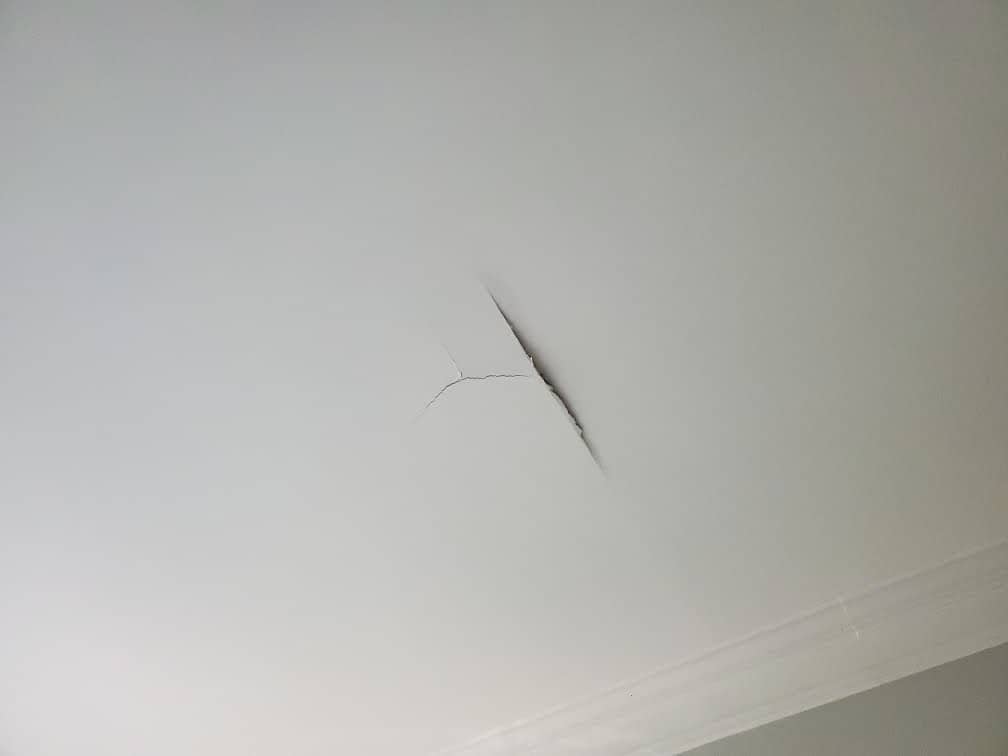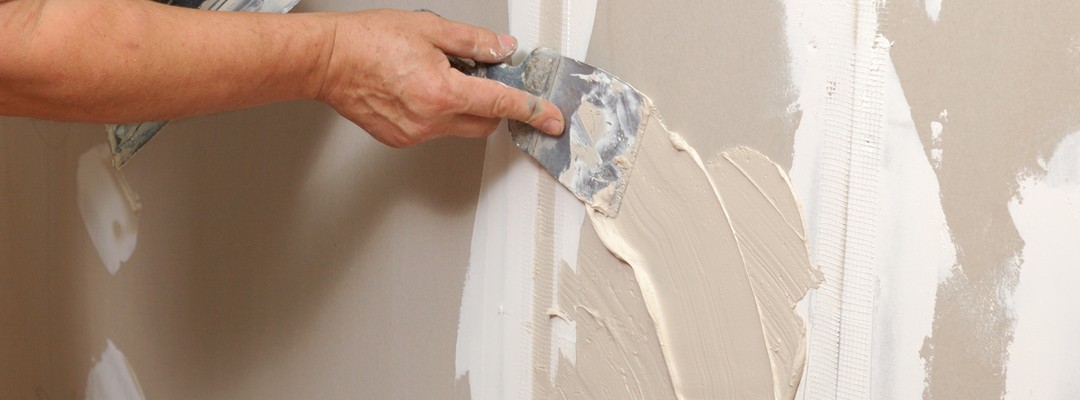Discover the Ideal Practices for Successful Drywall Fixing and Installation
The art of drywall fixing and installment calls for a blend of skill and accuracy. Understanding the necessary tools is necessary for achieving a smooth surface. Recognizing the step-by-step procedure can make a considerable distinction in the outcome. Appropriate strategies for taping and mudding are likewise crucial. What continues to be is the understanding of upkeep that assures longevity. These aspects together develop a polished outcome worth checking out better.

Necessary Tools for Drywall Fixing and Installation
When undertaking drywall fixing and installment, having the right tools can considerably boost the efficiency and quality of the work. An utility blade is necessary for reducing drywall sheets specifically, while a drywall saw can aid in making a lot more intricate cuts. Taping blades, available in different dimensions, are important for using joint substance efficiently and uniformly. A drywall sander, preferably with a dust collection attribute, assists attain a refined surface, minimizing the demand for substantial cleaning.
In addition, a measuring tape guarantees precise dimensions, and a degree guarantees that setups are straight and plumb. Security gear, consisting of dirt masks and goggles, ought to not be ignored to safeguard versus debris and dust. A stud finder aids in finding mounting participants, assuring protected setup. By gearing up oneself with these important tools, the repair service and installment procedure becomes a lot more convenient and results in a professional-quality result.

Step-by-Step Guide to Patching Holes
Covering holes in drywall requires a methodical strategy to assure a smooth fixing. First, the area around the opening need to be cleaned up and any kind of loose debris eliminated. For little holes, a putty blade can be used to apply a light-weight spackle, pressing it into the opening and smoothing the surface area. After it dries, sanding is necessary to develop a level surface. For bigger openings, a spot of drywall may be required. This entails cutting an item of drywall a little larger than the opening, securing it to the wall with screws, and utilizing joint substance to cover the seams. As soon as the substance dries out, it should be sanded smooth. Topping the patched location prior to paint will guarantee an even surface. Following these steps will certainly lead to a professional-looking repair work that blends flawlessly with the bordering wall surface.
Strategies for Seamless Drywall Installation
Achieving seamless drywall setup needs cautious preparation and implementation. It is necessary to cut and gauge drywall sheets accurately to minimize gaps. Using an energy blade, installers should score the board before breaking it along the cut line, making certain tidy edges. Appropriately straightening the sheets is important; beginning with the top and working down helps keep harmony.
Fastening drywall to the studs calls for constant spacing, generally every 16 inches, utilizing screws instead of nails for far better hold. This technique decreases the risk of pops gradually. In addition, startling the seams between sheets improves architectural stability and reduces the visibility of joints.
Ultimately, using the best density of drywall for particular locations-- such as moisture-resistant key ins bathrooms-- additional contributes to a flawless finish. Adhering to these methods will cause a smooth and professional-looking installment, setting the phase for the subsequent finishing procedures.
Ending Up Touches: Taping and Mudding
Finishing touches, such as taping and mudding, play a vital role in achieving a refined drywall surface. Insulation includes using a slim strip of drywall tape over the seams and joints, making certain a smooth look. This process aids avoid cracks and develops a strong bond in between drywall sheets. It is vital to choose the right kind of tape, with paper and fiberglass fit together being the most typical options.
Mudding, or applying joint compound, adheres to taping. This compound completes spaces and ravel the surface area for an uniform surface. It is typically applied in several layers, with each coat needing to completely dry before sanding. Appropriate method includes feathering the sides to blend the substance into the bordering drywall, decreasing visibility.
When completed correctly, mudding and taping boost both the structural and aesthetic honesty of the drywall setup, causing a professional-quality surface.
Tips for Preserving Your Drywall After Installation

In explanation addition, preserving a regular interior humidity level can protect against bending or mold development. Making use of a dehumidifier in moist areas, like basements, is recommended. It's also advantageous to periodically paint areas that reveal wear, as this safeguards the underlying product. When moving furniture or setting up fixtures, caution ought to be exercised to prevent harming the drywall. By adhering to these upkeep suggestions, homeowners can extend the life of their drywall, safeguarding it continues to be an appealing attribute of their insides.
Regularly Asked Questions
What Safety Equipment Is Required for Drywall Fixing and Setup?
For drywall repair work and installment, important safety equipment consists of security goggles to safeguard eyes, dust masks to stop breathing of fragments, handwear covers for hand protection, and knee pads for comfort throughout extended kneeling. drywall contractor.
Exactly how Do I Establish the Drywall Density Needed for My Job?
To establish the drywall density needed for a project, one ought to take into consideration the wall surface's architectural demands, neighborhood building codes, and the meant use the space, usually choosing for 1/2-inch or 5/8-inch drywall.
Can I Repair Drywall Without Removing Furnishings From the Space?
Yes, drywall can be fixed without getting rid of furnishings from the space. Careful preparation and protective measures can decrease mess, permitting efficient fixings while maintaining bordering items safe from dirt and damage during the process.
What Sorts of Drywall Are Ideal for Various Environments?
Moisture-resistant drywall is suitable for restrooms and kitchen areas, while soundproof drywall suits shared walls in apartment or condos. Fire-rated drywall is best for garages, and typical drywall works well in general living areas, ensuring toughness and viability for Visit This Link various atmospheres.
For how long Does It Take for Drywall Mud to Dry Completely?
Drywall mud generally takes 24 to 48 hours to completely dry completely, relying on variables like moisture and temperature level (Drywall Installation Ogden Utah). Thicker applications may require longer drying out times, while thinner layers can dry out faster. Proper air flow aids drying
The art of drywall fixing and setup calls for a mix of skill and precision. When taking on drywall repair and installation, having the right tools can considerably enhance the effectiveness and quality of the why not try this out work. An energy knife is essential for reducing drywall sheets exactly, while a drywall saw can help in making extra intricate cuts. Achieving seamless drywall setup needs cautious planning and execution. Moisture-resistant drywall is perfect for cooking areas and shower rooms, while soundproof drywall fits shared wall surfaces in apartments.